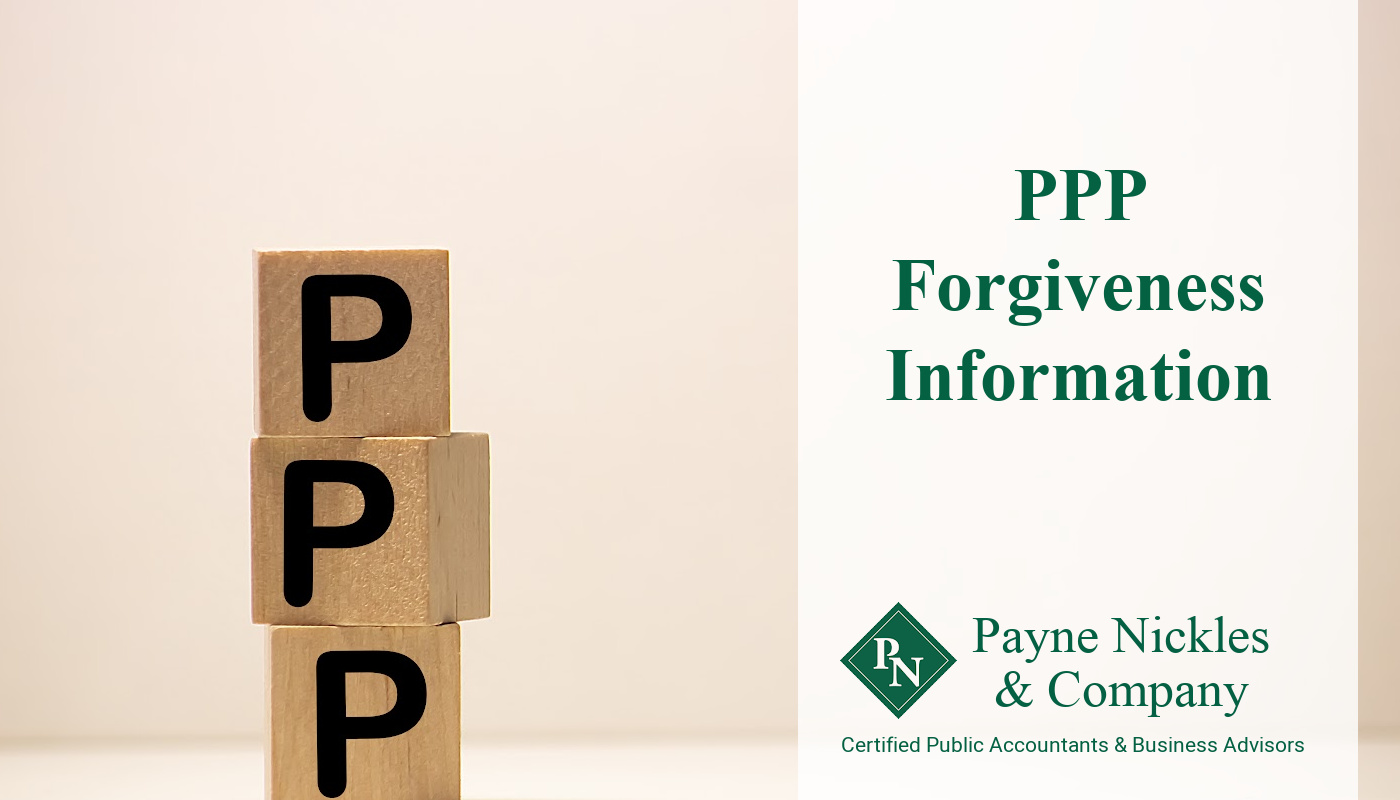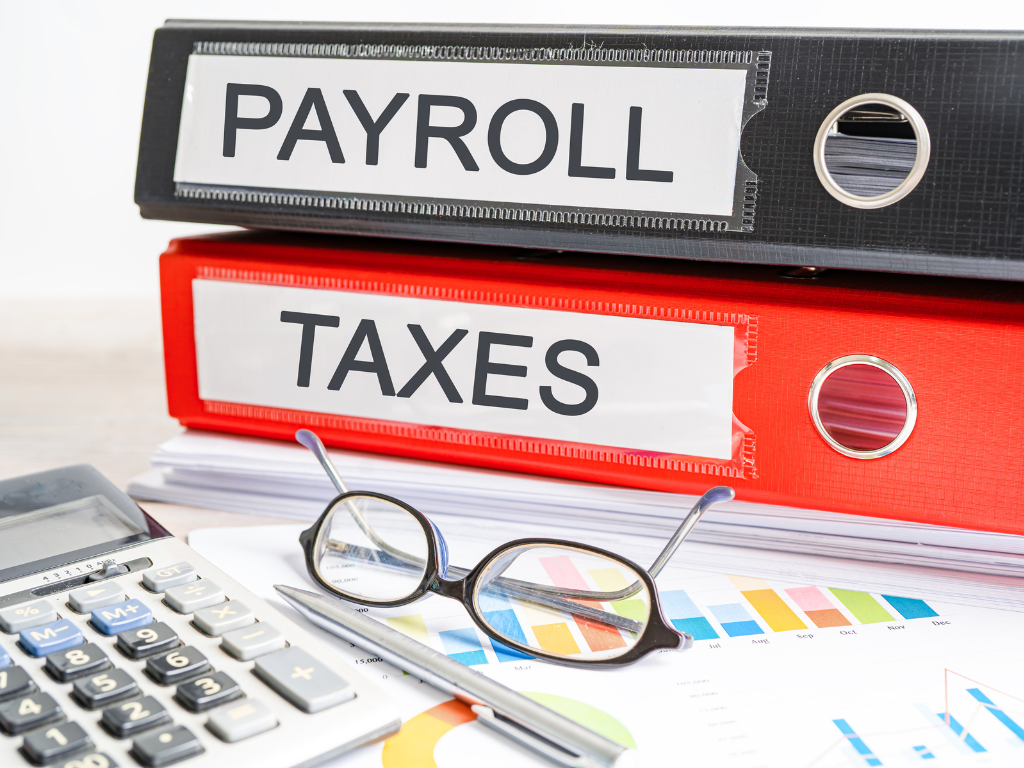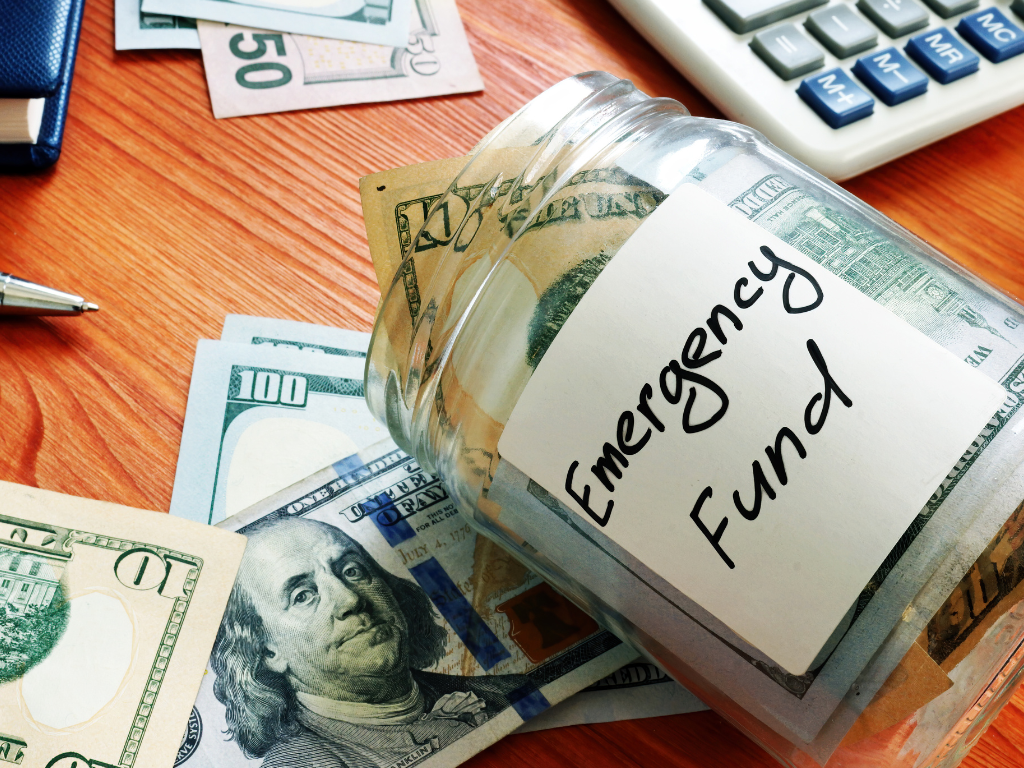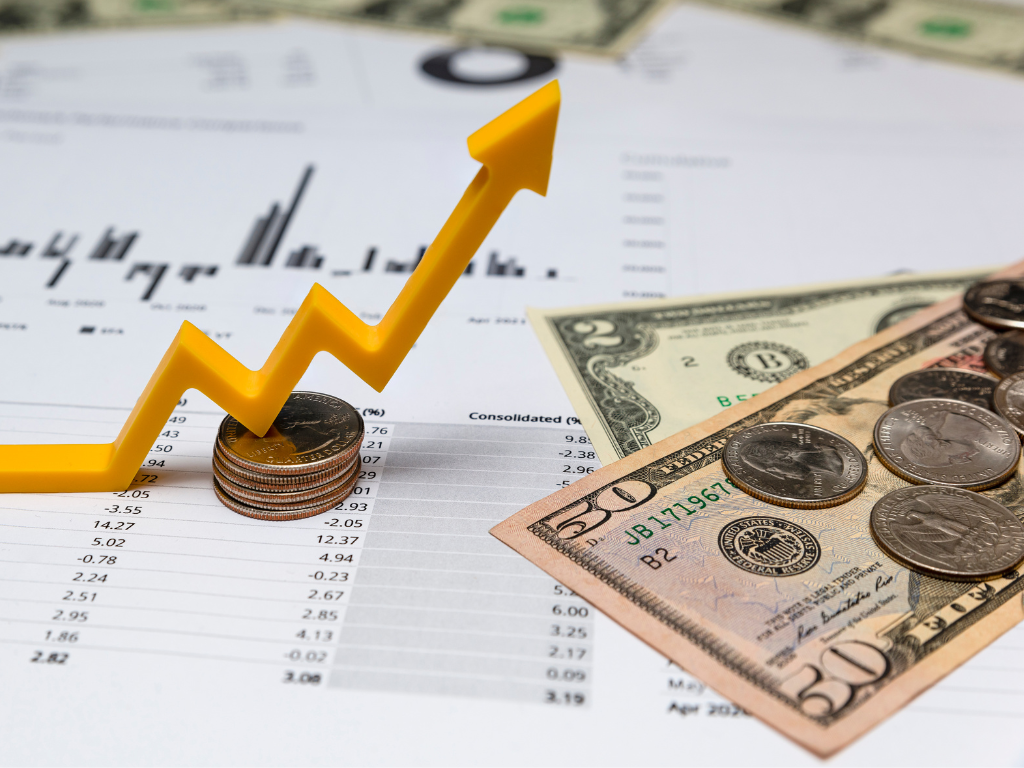Form 1040, Schedule C taxpayers received an updated interim final rule (IFR) on the Paycheck Protection Program (PPP) from the Small Business Association (SBA). The IFR clarifies guidance released on Feb. 22 that made changes to how self-employed and sole proprietors could calculate their maximum loan amount to help expand the program for these groups. Approximately 2.6 million sole proprietors have applied for PPP loans, and it is estimated there are about 25 million sole proprietors across the country.
The biggest adjustment made by the IFR is that these borrowers may calculate their maximum loan amount using their gross income. Previously, the calculation was done by using payroll costs plus net profits. This excluded many sole proprietors who had little or negative net profit.
Determining how much you can borrow
For sole proprietors with no employees the calculation is as follows:
- 1. Use either line 31 net profit or line 7 gross income (up to $100,000)
- 2. Divide by 12 and then multiply that amount by 2.5
First-draw and second-draw owner compensation is capped at $20,833; however, for accommodations and food services, second-draw owner compensation is capped at $29,167
For sole proprietors with employees, the calculation is as follows:
1. Use either line 31 net profit or line 7 gross income (up to $100,000)
- a. Line 7 gross income minus employee payroll costs (lines 14, 19, 26)
- b. Divide by 12 to get monthly total (cannot exceed $100,00 annually or $8,333 monthly)
- c. Add average monthly payroll costs
- d. Multiply by 2.5 months
The same owner compensation limits apply as for those with no employees.
Limited liability companies with only one member do qualify for these updated calculations, but single member S-corporations do not.
The calculation is only for loans submitted after the rule’s effective date of Mar. 3, 2021, meaning loans submitted between Jan. 1 and Mar. 2, 2021, would not be eligible for this new calculation. You can access the new forms here:
Additionally, the IFR states that first-draw PPP loans with $150,000 or less in gross income on a Schedule C will be eligible for the economic necessity safe harbor, but loans above will not and could receive additional SBA review.
The current PPP application period expires Mar. 31, 2021, and lenders are experiencing delays in implementing these new calculations. It is anticipated they will begin accepting applications the week of Mar. 8. We are continuously monitoring the situation for additional clarifications and updates.
419-625-4942
Sandusky
419-668-2552
Norwalk
Treasury Circular 230 Disclosure
Unless expressly stated otherwise, any federal tax advice contained in this communication is not intended or written to be used, and cannot be used or relied upon, for the purpose of avoiding penalties under the Internal Revenue Code, or for promoting, marketing, or recommending any transaction or matter addressed herein.
 Home
Home Sign In
Sign In Make a Payment
Make a Payment Search
Search











